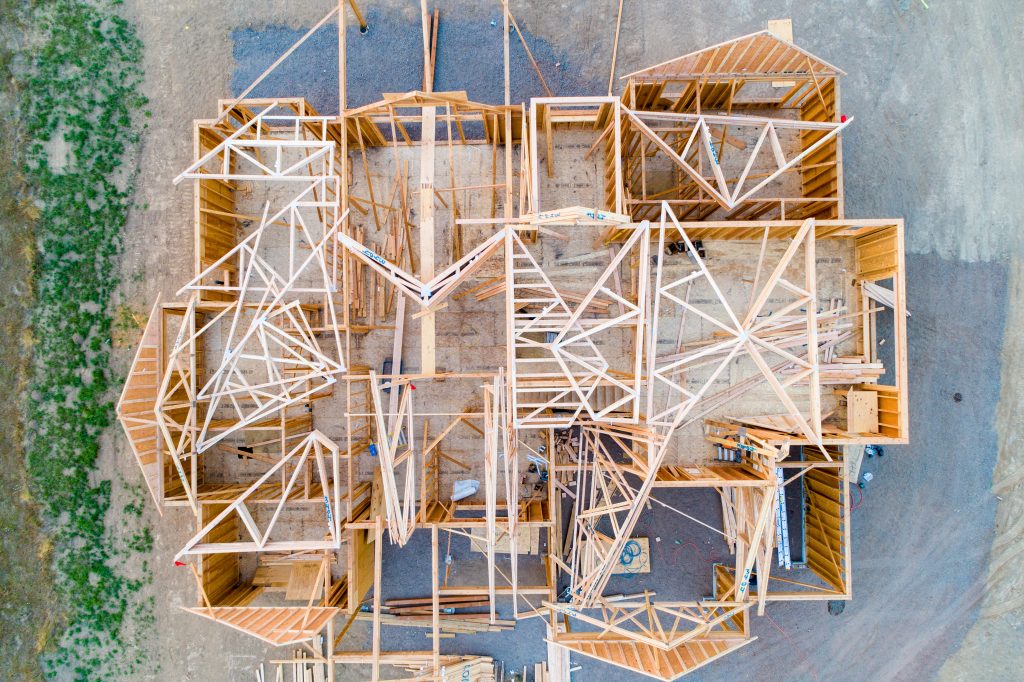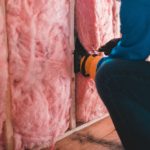 Lesson Eight: Designing a Home
Lesson Eight: Designing a Home
Designing a home, some would say, is the crème de la crème of owning a home. But designing a house, like buying or renting, also comes with many questions that should be asked beforehand.
Who do I engage with?
There are different options and approaches you can take to designing a home, and this determines who you should speak to. If you are looking to design a bespoke home (not an off-the-shelf group home design), then speak to an Architect or a Design/Build company. The architect will design the look and functionality of the home (based on your brief) and will either pick the rest of the design team (structural, mechanical, geotech, etc.) or give advice on who to choose.
What things should I be looking at in the initial stages?
Initial considerations should include location of the site and its surroundings. Location is not only important because of the beautiful coastal views, or the outlook of the city skyline but it will play part as to what products should be used. If the property is being built close to water more stainless or galvanized steel will be used, similarly in the city – proper acoustic systems should be considered. Location also dictates what your design components might look like. Orientation is important, think about where the sun rises and sets, where prevailing winds might blow through the property, whether water runs over the land, etc. These items should only help you pick where you want your living spaces/windows/outdoor areas to go, because if you have a well-built house (or passive house!) the health and comfort of the inside spaces won’t be affected by the weather.
What should I be asking for/requesting for?
It all starts with the design brief, and in making sure every aspect of what you want in a home is covered and communicated at the early stages of design. The way it looks is one thing, but if you want to live in a warm, dry, mould-free home, maintaining a temperature at 20-25 degrees and relative humidity between 40-60% all day, all night, all year, and you want to do so without spending a fortune on heating and air conditioning, ensure it is stated in the contract – outline specific benchmarks for the team to work towards.
If it’s in the contract, the builder will need to achieve it, and they will have to prove it both in design and after construction.
The first episodes of Gab Learns (Lesson 1, 2, 3 & 4) are also a great place to start when considering elements of your home.
While the aesthetics of the house are often high on the priority list, focus more on the building design – save money on the aesthetic ‘nice to have’ details – you can easily add them in later. Put more budget into the health and performance of the building (specifically the parts separating the inside from the outside), because you only get one chance to get it right. Consider cutting out or reducing on landscaping or decks (these can be completed later), and fixtures such as taps, showers, lighting, furniture – these too can be updated or replaced later. On the flip side however, changing insulation adding waterproofing, or building a new roof are very difficult and expensive items to update after the build.
The main point here is to make sure the building envelope is priority – build tight and ventilate right. You’ll be healthier, comfier, and you’ll save heaps of money in the long run.
Should building healthy homes be incentivized?
It should be! If NZ banks, insurance providers etc. provided incentives to homeowners to build better, healthy homes, New Zealand wouldn’t have the housing crisis it currently has. This could be an incentive such as a better or lower insurance rate or the ability to loan more money!
What we learned after recording: ANZ offers better rates for their “healthy home loan package”, but right now this only applies to Homestar 6 homes. Independent academic research has shown that the homestar scheme does not necessarily provide warmer, drier or healthier homes, but if you design the house right (do this part first), and get it homestar assessed (just as a formality), you might be able to get a better loan rate. In the meantime, we’ll start bothering banks to include properly designed or passive houses in the healthy loan home schemes.
Some NZ banks are currently offering an interest free home loan of up to $15,000 to improve the performance and health of your home. Imagine if this incentive was scaled – encouraging new homeowners to build their home as healthy as possible – warm, dry, comfortable homes for everyone!
Lasting thoughts or advice?
The key thing to remember – have a plan at the beginning and communicate this plan clearly. Place measurables on this too (e.g. certain level of airtightness, amount of energy spent per year to maintain a certain temperature) – if you want it to be a warm, dry comfortable home, tell the project team that this is a priority, and add it to the contract! Build it properly.
Focus on the performance and health of the home, rather than the aesthetics (as hard as that may be). You can always easily update or upgrade on finishes later, but adding to the performance is much harder (and more costly) after the house has been built.




